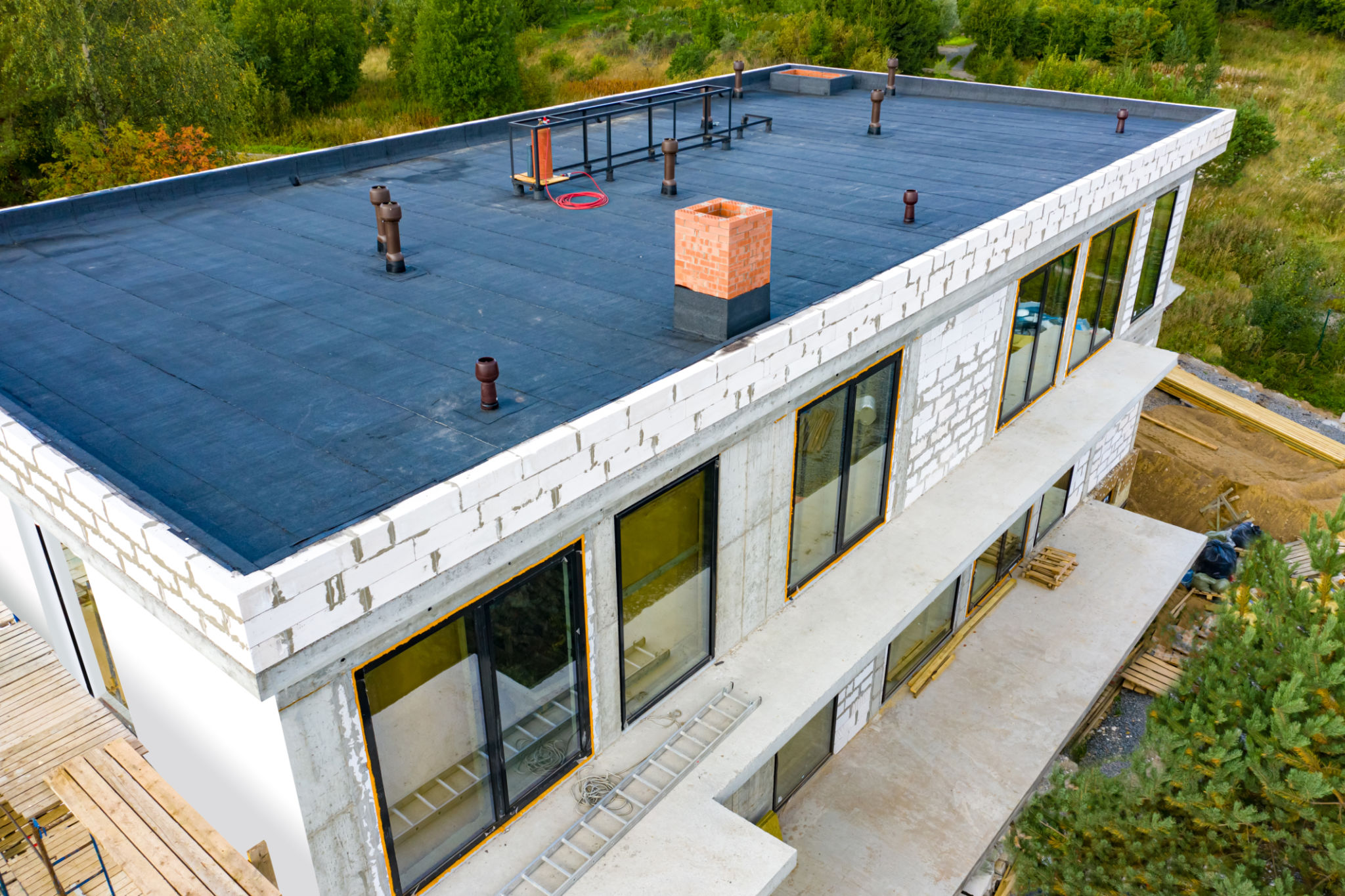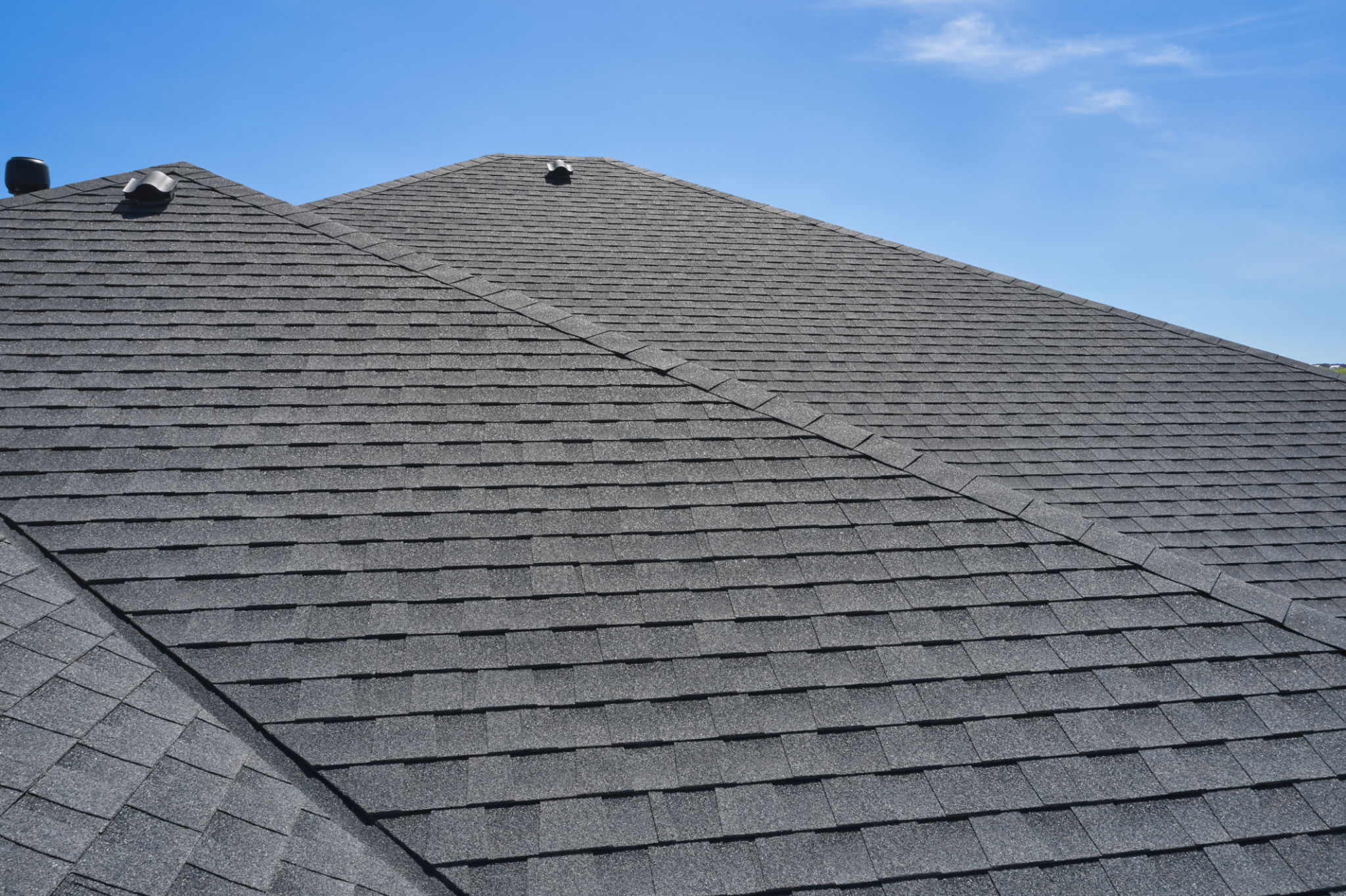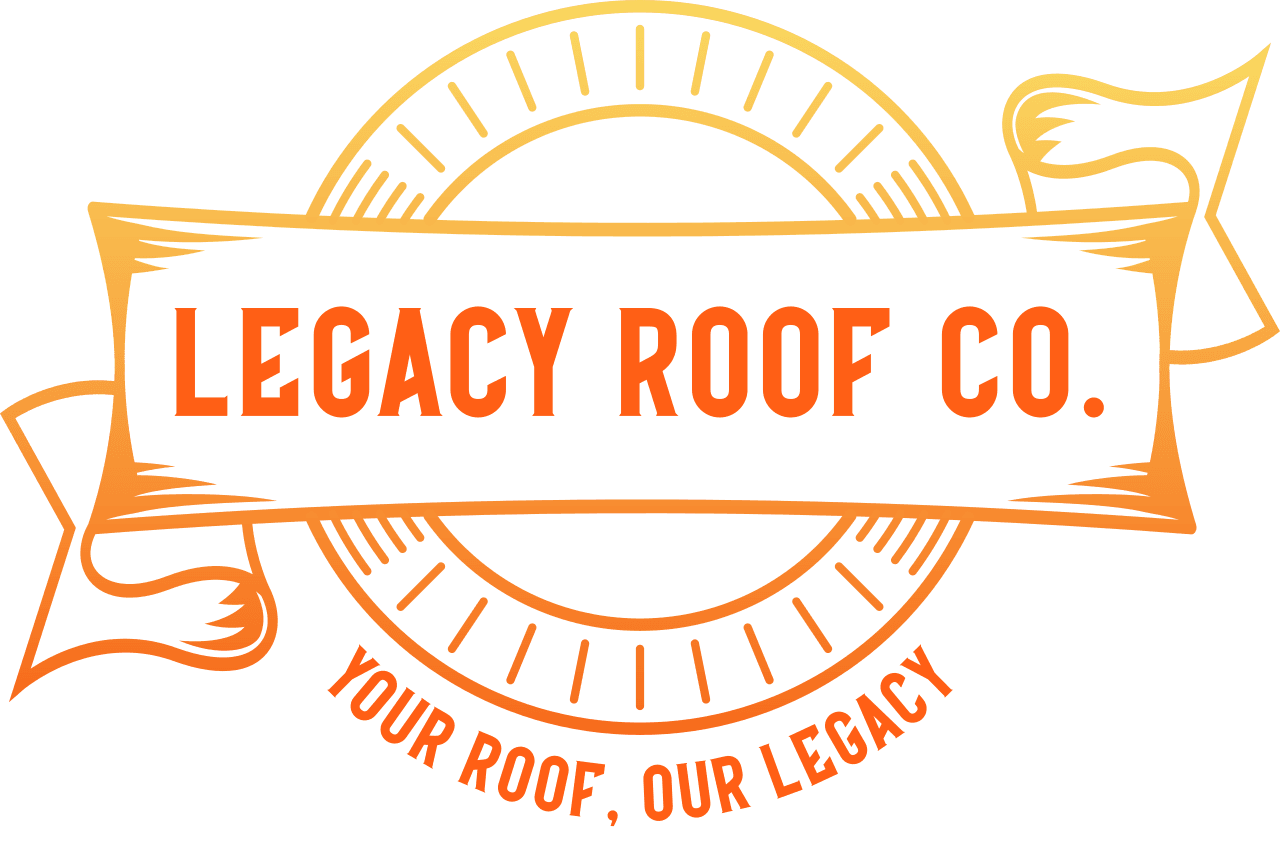How to Choose the Right Commercial Roofing Material
Understanding Your Building's Needs
Choosing the right commercial roofing material is crucial for the longevity and efficiency of your building. Each building has unique requirements, and understanding these needs is the first step in selecting the best roofing solution. Factors such as the building's purpose, location, and climate play significant roles. Consider whether your building houses sensitive equipment or if it is located in an area prone to harsh weather conditions.
Climate Considerations
Climate is a critical factor when selecting a roofing material. Materials that work well in one region might not be suitable in another. For instance, areas with high temperatures might benefit from reflective roofing materials that help reduce cooling costs. Conversely, in regions with heavy snowfall, a durable and insulated roofing material is essential to withstand the weight and prevent heat loss.

Types of Commercial Roofing Materials
There are several types of commercial roofing materials available, each with its own set of advantages and disadvantages. Here is a brief overview of the most common options:
- Metal Roofing: Known for its durability and longevity, metal roofing is resistant to various weather conditions and can last up to 50 years.
- Built-Up Roofing (BUR): Composed of multiple layers of bitumen, BUR is ideal for flat roofs and offers excellent waterproofing and UV protection.
- Modified Bitumen: A variation of BUR that incorporates polymers for added flexibility and strength, suitable for high-traffic areas.
- Thermoplastic (TPO) and PVC: These materials offer excellent resistance to chemicals, grease, and UV rays, making them ideal for restaurants and industrial buildings.
Cost vs. Longevity
When selecting a roofing material, it's important to balance cost and longevity. While some materials may have a higher upfront cost, their durability can provide savings in the long run by reducing maintenance expenses. For example, though metal roofing might be more expensive initially, its lifespan and low maintenance needs can make it a cost-effective option over time.

Environmental Impact
In recent years, the environmental impact of building materials has become a significant consideration. Opting for eco-friendly roofing materials can not only reduce your carbon footprint but may also qualify your building for certain tax credits or incentives. Materials such as TPO and PVC are recyclable, while green roofs can provide natural insulation and improve air quality.
Aesthetic Appeal
The appearance of your roof contributes to your building's overall aesthetic and can influence its market value. Some materials offer more design flexibility than others. For instance, metal roofing comes in a variety of colors and styles, allowing you to match your building's design theme. Consider the visual impact alongside functional benefits when making your choice.

Consulting with Professionals
While understanding the basics is important, consulting with a professional roofing contractor can provide you with expert insights tailored to your specific project. A professional can conduct a thorough assessment of your building’s needs and recommend the most suitable material, ensuring that you make an informed decision.
In conclusion, selecting the right commercial roofing material involves evaluating several factors including climate, cost, environmental impact, and aesthetics. By carefully considering these elements and seeking professional advice, you can choose a roofing solution that meets your building's unique requirements and provides lasting value.
